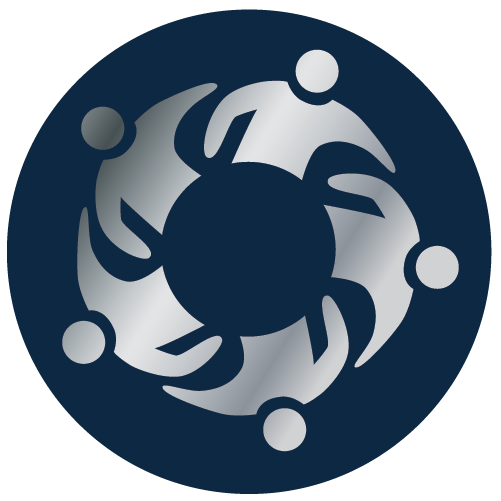September 10th is World Suicide Prevention Day and September is recognized as Suicide Prevention Month. It is a time dedicated to raising awareness about suicide prevention, promoting mental health, and supporting those affected by suicide. Human Resources can take an active role in supporting their workplace during this month by educating employees and helping bring awareness to the topic.
In 2022, over 49,000 Americans died by suicide, making it the 11th leading cause of death in the United States. Men are 3.85 times more likely than women to die by suicide. Suicide affects people primarily aged 15-85 with those 85+ leading with the highest rates in 2022. A staggering 13.2 million Americans seriously thought about suicide. With all of these startling statistics in mind, what can we as HR professionals do to make a difference?
Know the Signs
Human Resource professionals can take an active role in educating their employees to recognize behavioral, emotional, and physical signs. Be aware of situational triggers and be a resource for someone who is showing signs.
Behavioral signs can be as obvious as someone expressing their desire to end their life or feeling hopeless. Isolating is another behavioral sign. When someone pulls back from family, friends and social activities, that could be an indication of mental distress. Risky behavior such as reckless driving or substance abuse is another sign to be taken seriously. Any or all of these signs should send up red flags for loved ones to check in and ask questions, provide resources and space to open a dialog.
Emotional signs can include mood swings, severe sadness, moodiness, or unexpected rage. Feelings of hopelessness such as being trapped or having no reason to live. Guilt and shame or feelings of being a burden to others are also signs of emotional distress.
Physical signs include changes in sleep patterns either sleeping too much or too little. Changes in appearance such as neglecting personal hygiene or appearance can also be signs. Knowing the signs is the first step.
How Can HR Help
HR can help by fostering an open and supportive workplace culture where employees feel safe to share their struggles. HR should be present and open to meeting with their employees to foster a culture of caring and be available when issues present. It is also more likely that they will notice any of the signs mentioned in this blog post or someone will notice and alert them.
It is also important to provide resources to employees in all stages of life. Resources such as Employee Assistance Programs (EAPs), mental health days, and access to counseling services. These tools help someone struggling with their mental health to find the right place to get help, without the burden of adding a financial strain.
Mental health in the workplace used to be a taboo subject, but not anymore. Providing resources and an open and caring culture can make a difference and potentially save a life. If you or someone you love is experiencing difficult thoughts, please call 988. Help is available.
In 2021 I lost someone I love to suicide. Since that time, I have made it my mission to be more aware of the signs and take a more active role in educating others about suicide prevention and mental health resources. I’ve also earned an Adult Mental Health First Aid certification to help heighten my awareness and ability to intervene. #StopSuicide
For more resources visit:

